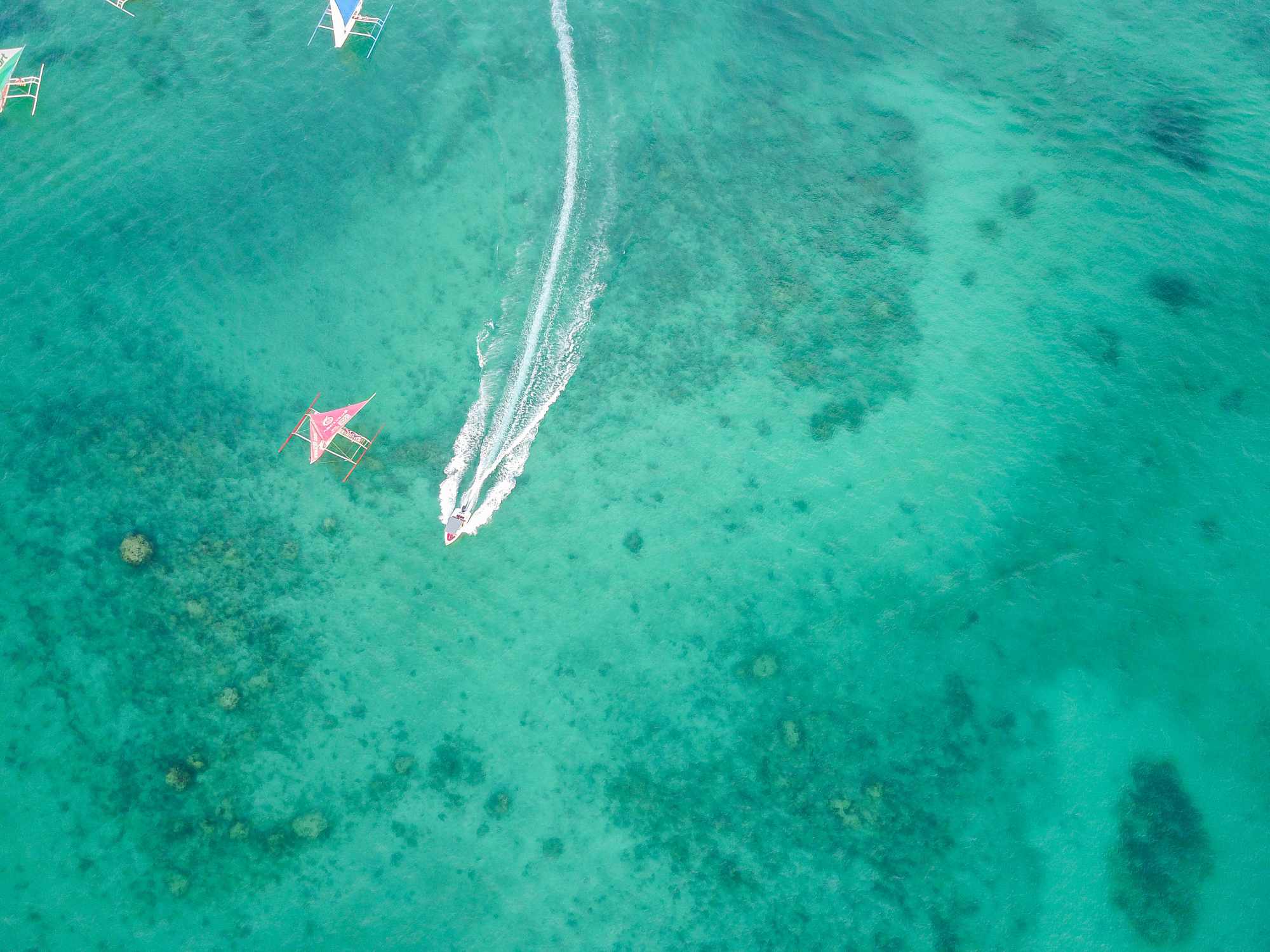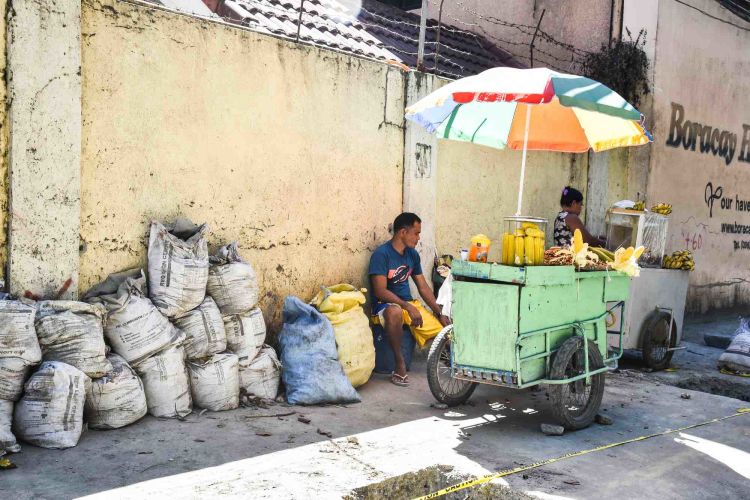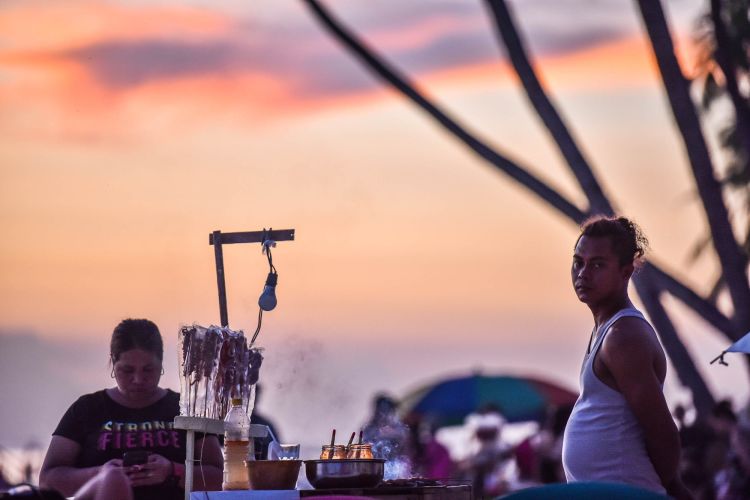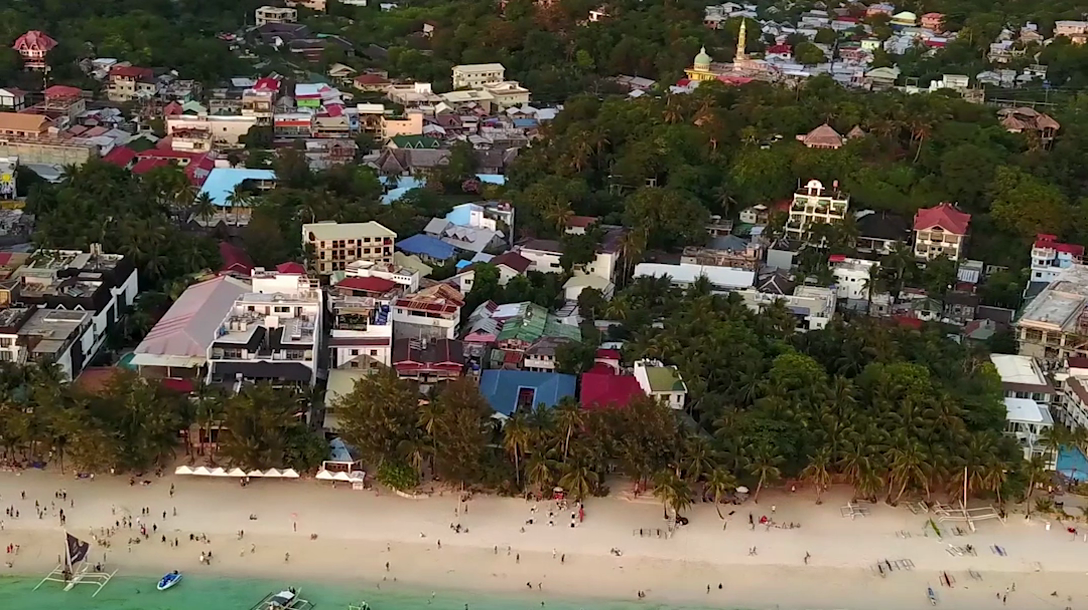CLOSING BORACAY
How the Philippines shut down paradise

Chapter 2
Boracay businesses pray for early relief from President Duterte’s island shutdown
When Philippine President Rodrigo Duterte proclaimed that he would be authorising the complete shutdown of one of the country’s tourism cash cows, shock waves reverberated through the Boracay community.
On the whim of the leader, more than US$1 billion of revenue is expected to be wiped out in the six months of planned closures beginning Apr 26. More than 30,000 people could lose their jobs and it is estimated about 100,000 people will be affected by the shutdown.
From an economics perspective, this is a radical response to Boracay’s environmental suffering. This is a treasure island with riches deeper than any swashbuckling legend of the past.
“We are a victim of our success. We are too successful in promoting the island."
"We were not able to keep pace with the infrastructure to support the increase of our tourists,” said Aklan governor Florencio Miraflores. Authorities have now been instructed to rehabilitate the island - fix its dysfunctional waste water system, widen roads and demolish illegal buildings.
“Maybe it’s a wake-up call for our business establishments here because some of them must have been violating our environmental laws,” he said.
Just as tourists have been drawn en masse to the white sands, entrepreneurs, street vendors, gambling personalities and resorts tycoons have ridden the same winds blowing into Boracay, chasing a slice of the profit.

It is estimated about 100,000 people will be affected by the shutdown.

Along the crawling beachfront stations, bars, hotels, henna tattooists and boat boys hustle for customers. There is barely a patch of the coast left to breathe and no time left to lose before this all disappears, just for a while.
The explosion of wealth and opportunity has come courtesy of some of the biggest tourism markets in the world. No longer is Boracay just a place for wealthy vacationing Manilans.
“Things started to change with the Koreans when they have this charter flight coming in, followed by the Taiwanese. They also have a direct flight. And the Chinese. The numbers continue to go on and on and on,” Peter Tay said, a travel agent and marketer of the island through the Boracay Foundation.
He has watched business grow exponentially over the past 16 years he has lived in Boracay and admits he must take some accountability for some of that trend. “I don’t want to point fingers here but I say, we all take responsibility for the whole situation because everybody plays a part,” he said.
“We’ve been selling and the island is really popular and numbers of tourists have been increasing but we overlooked our backyard. And they just keep coming in.
“We call ourself the 24/7 island. An island that never rests.”
Now rest is being enforced on Boracay much to the financial dismay of the businesses here. While many operators, big and small, largely do not question the need for rehabilitation on the island to ensure its sustainable future, it is the sudden manner of the announcement that has them caught out.
“The government didn’t give us time to prepare."
"But that’s why people are in panic actually because it's their livelihood,” said Charlie Flores, who manages a small store in the island’s main shopping area, D’Mall, which could be partially demolished due to its construction on top of a river tributary.
Flores says he has no work prospects for the next six months and hopes, like many, that the shutdown will last less time than planned, something the national government has acknowledged could happen.
“If there are already improvements of the waste water, we have already addressed the problems of the easement and the forest land and we’ve addressed the garbage problem there, perhaps before six months, the government can relaunch Boracay with a new face under new management,” said Jonas Leones, the undersecretary for policy, planning and international affairs for the Department of Environment and Natural Resources (DENR).
“We are expecting that whatever income will be lost during the closure will be generated triple after this rehabilitation,” he said.
But for Peter Tay, switching the island back on will take time. He has no travel bookings for the remainder of the year and has been forced to promote alternative destinations to tour groups set on coming to the Philippines between now and late October.
“Tourists are totally surprised by the decision of the president. The locals are also surprised and everything was just so sudden,” he said.
“We have already had lots of cancellations. It goes to zero.”

THE HORSE HAS BOLTED
The Philippine Chamber of Commerce (PCCI), “the voice of business on the island”, has pleaded for President Duterte to reconsider his plan and instead close the island in phases.
“Please sir, say no to closure, penalise the violators and let's continue the businesses who religiously follow the rule of law,” said the group’s president Elena Brugger. “This process has to be just and fair. We are hoping the president will do what is right.”
Yet, she admits that even if there was some very unlikely eleventh-hour reprieve - the PCCI has been considering its legal options - it is too late now to alter the course.
“They cannot imagine the magnitude of the damage of this. The horse is already out of the stable and it’s gone wild.”
It is not only the impact on local workers, to be left in a near cashless mire while the clean-up occurs, but the effect on migrant workers that is causing concern.
Non-residents will be removed from Boracay for the duration, sending workers scrambling back to their own corners of the country where uncertainty begins afresh.
“He thinks he’s just hitting the locals but it’s going to hurt the entire country,” Brugger said.
In D’Mall, Olive Santero, 32, says she will abandon her braid and flower accessory stall and return to her home in Quezon City, part of Metro Manila. She has been coming here for 15 years.
"Our plan is just to go back to our hometown," she said. "It will take two days of travel to reach Quezon province, where we lived originally. There are really no jobs there so we plan to just open a small store."
While the workers are away, the businesses will pay.
The local government is already trying to calculate the losses. “The cost will be in the billions. Even in dollar terms, it’s going to be in the billions. What are cannot quantify yet is the effect on the people,” said executive assistant to the mayor, Rowen Aguirre.
“The worst-case scenario we are looking at is people whose mental health will suffer.”
"WHERE'S THE PLAN?"

Hundreds have been given instruction to drastically renovate or demolish their buildings to fall into line with laws about easements, the distance their structures can stand from the sea and the road.
Red marks have been painted onto offending walls, shaming their owners to do the necessary to stay open into the future. At Station 1 at the northern stretch of Boracay’s most popular beach, a haven for sunset-chasing backpackers, whole rows of bars have been condemned.
Over the years, a lack of enforcement has seen buildings sneak closer to the lapping waves. There is little argument now from these small businesses that they need to comply, even if the calculation to determine the 25+5 metre easement line from the annual mid-high water mark is too complex for anyone but mapping experts.
“We have to follow what the government dictates. As long as its equal for everybody, then I think everybody will be happy,” said Mary Lo, the manager of Niu Ohana Rest & Bar, which has already dismantled a wooden platform and awning and awaits more inspections on walls near the roadside.
But, she explains with exasperation that there is little transparency or instruction about the clean-up processes over the preceding months for businesses like hers.
“These are the things that really bothered us, not being informed and being wondering what is next,” she said.
Authorities say there is a master plan coming and have urged patience.
“But what about all these locals? They rely on the daily income for their lifestyle and their livelihood and this is taken away from them just like that,” Peter Tay said.
“Where’s the plan? How? Where? When? Nobody knows. Because there’s no plan. There’s no direction of what to do.”

Loading chapter 3:
Boracay praises Duterte’s ‘strong hand’, just don’t call us a cesspool

